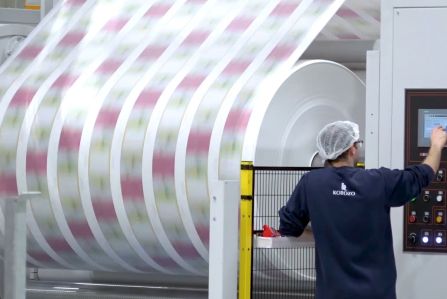
Systemically measuring and optimising the transition to a circular economy
In European companies, the topic of the circular economy is increasingly being addressed in sustainability reports, but is only quantified to a limited extent, as required by the Corporate Social Responsibility Directive (CSRD).
Circular Transition Indicators (CTIs) offer a solution to make progress in the implementation of the circular economy measurable. With the help of a robust system of indicators, complex data can be prepared transparently and reported in accordance with the European Sustainability Reporting Standards (ESRS).
As a leading implementation partner of the World Business Council for Sustainable Development (WBCSD), we support companies in their transformation to a circular economy.

Making the circular economy measurable with CTIs
The CTIs focus on analysing material flows within the boundaries of the company. This assessment can be carried out at various levels, from the overall structure of the company to specific products. A multidimensional perspective is applied, which includes all resources such as water, energy and materials.
Starting points for interventions focus on the inflow and outflow of materials, taking into account the potential and actual circular potential. Potential circularity calculates how products and processes are designed to ensure the technical recovery of materials and raw materials. Actual circularity measures how much of the material outflow is actually recovered by the company.

Why should you monitor CTIs?
CTIs not only provide a set of metrics, but serve as a strategic guide for organisations to navigate the complexities of the circular economy. In an evolving regulatory environment, CTIs provide a comprehensive approach that acts as a compass on the path to the circular economy and enables seamless reporting.
CTIs have established themselves as an ESRS-compliant solution that provides a unified set of indicators to optimise communication between different business units and accelerate the transition process to circular economy products and business models. By introducing CTIs, companies can therefore not only measure their circular economy, but also actively manage it, future-proof their business and create a factual basis for informed strategic decisions.
How are CTIs put into practice?

An international packaging manufacturer engaged phiyond to measure their circular economy metrics and develop a roadmap to circular packaging.
Read our CTI Case Study to find out how we implemented this and what successes our client was able to achieve.



CTI Implementation Partners are experts in the seamless integration of CTIs into your business processes. Trained and certified to support different industries, they provide practical guidance for your journey towards a circular economy and ensure effective application of CTI methods, customised to your specific requirements.

Patrick Peter
 phiyond.de
phiyond.de
